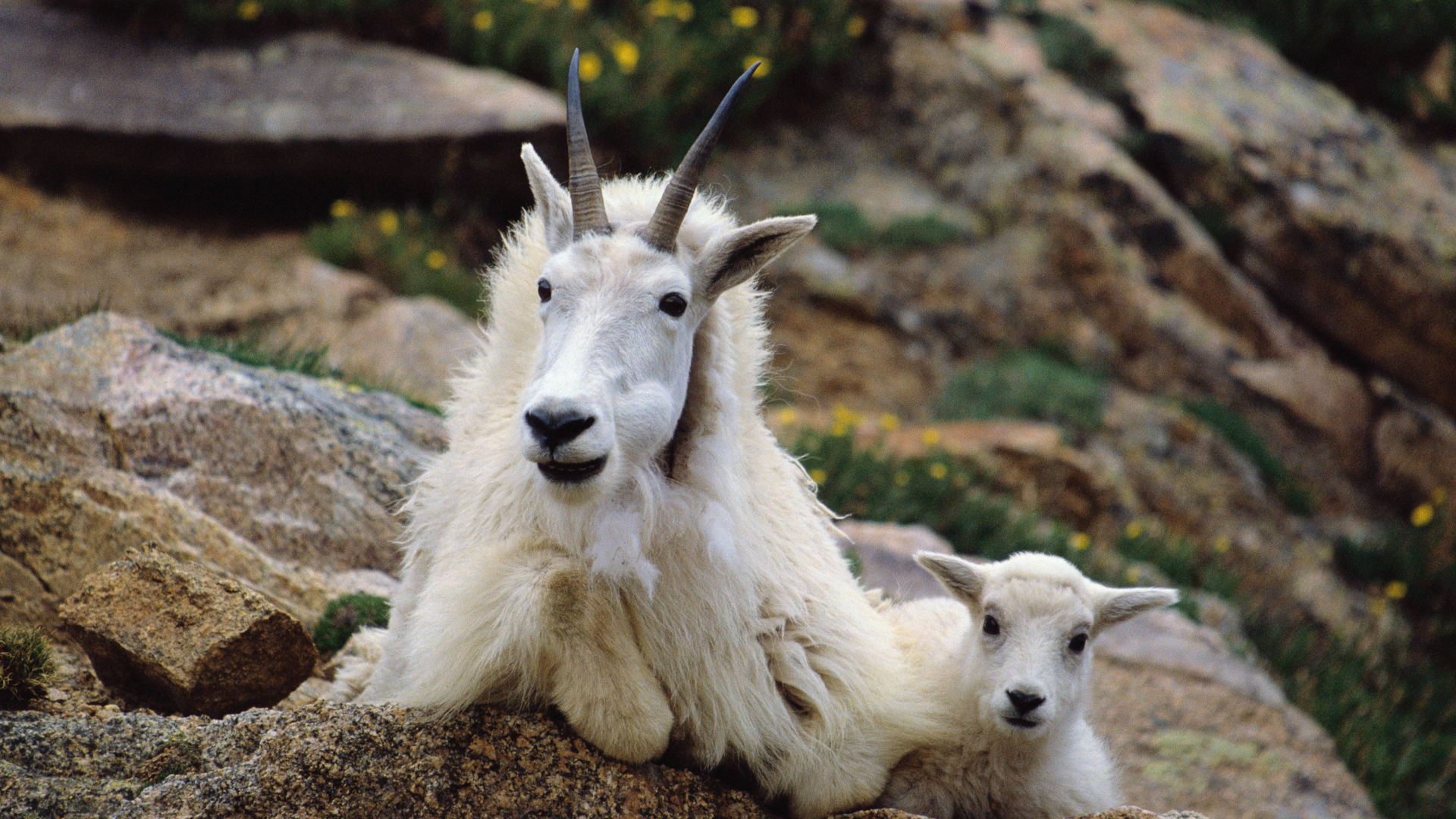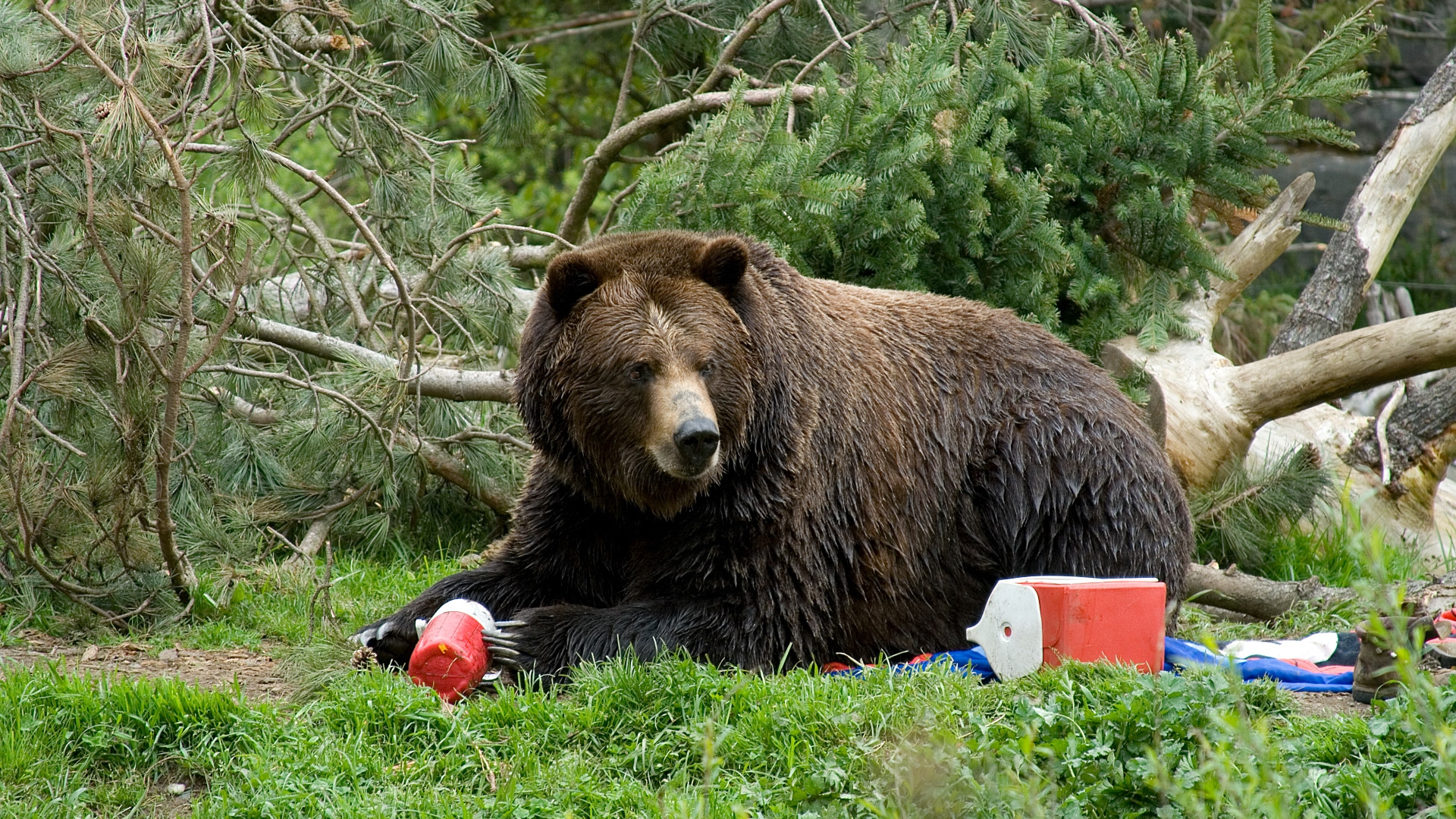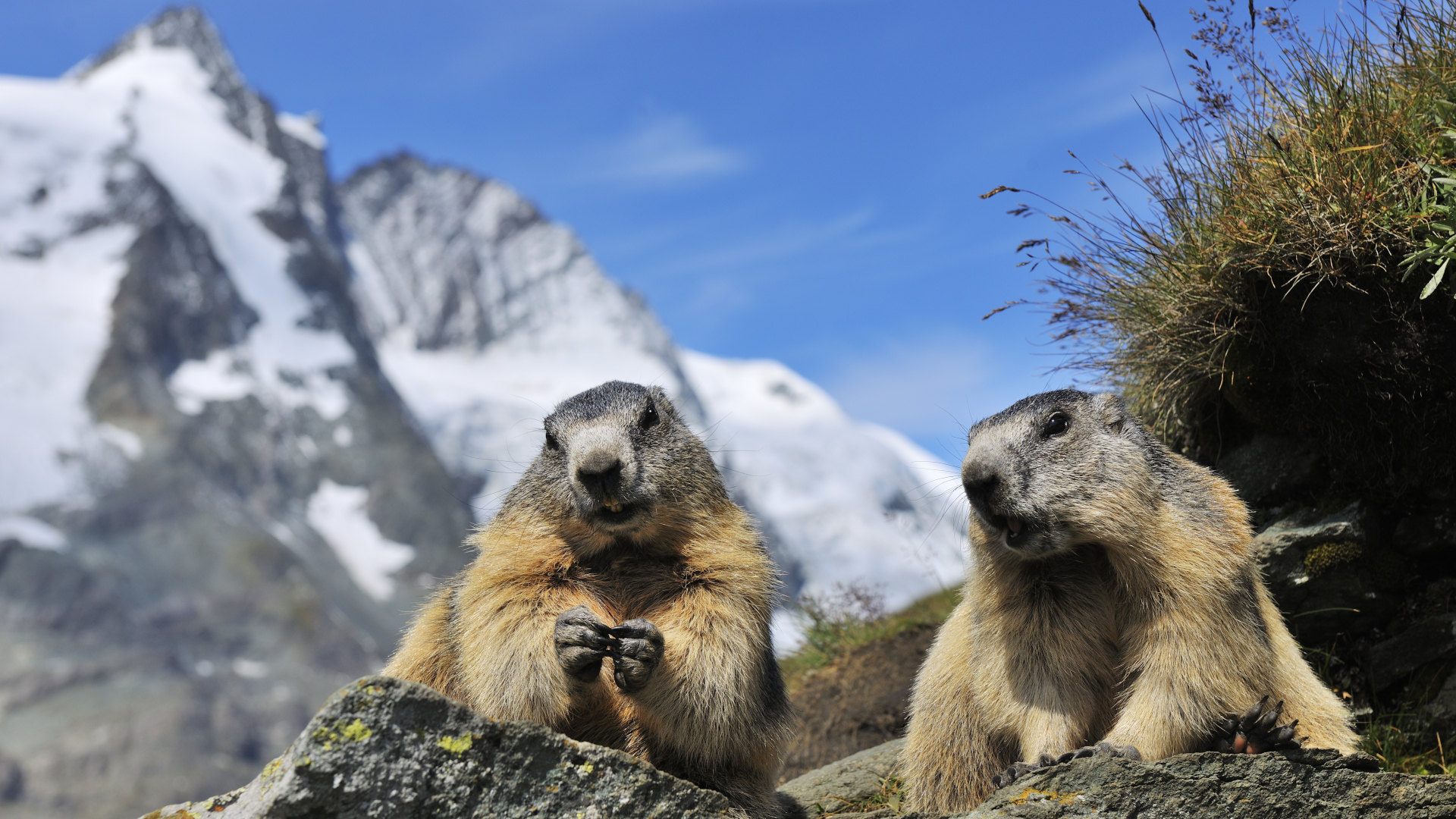For the love of god, please don't feed wildlife
We explain, once and for all, why you should never feed wildlife

If you’ve read any of our guides to wildlife safety, such as what to do if you meet a bear or see a wild boar while you’re out on a hike, you may have noted that there is one golden rule that applies to encounters with every type of animal: do not feed wildlife. This ethos is commonly repeated by park rangers, trail volunteers, wildlife experts and even probably on signage by the duck pond at your local park. And yet, you still regularly see reports of people feeding bears and, even more inexplicably, feeding donuts to wolves.
Why do people continue to insist on feeding wildlife when it’s the one thing we’re asked not to do? There are a number of reasons. Some of us genuinely think we’re helping the poor, deprived moose who can’t just pop into Taco Bell for a Crunchwrap Supreme because his rack wouldn’t fit through the door. Then you’ve got an admittedly larger section of the population who really just want to bring that bison closer for a photo (which accounts for half of bison attacks at Yellowstone) or think it would be cute to post a picture of a bear nibbling on a chocolate chip cookie on Instagram.
A small but delusional section of us probably just grew up watching too much of Disney’s Sleeping Beauty and fancy ourselves a bit of an Aurora, gathering the animals to us with our irresistible charm (and Jolly Ranchers). Finally, there’s the contingent of us that do it without thinking because it’s what we’ve always done – this accounts for those of us who hang bird feeders in the garden or scatter breadcrumbs for the seagulls at the beach.

Regardless of your reasoning, feeding any wildlife is always a bad idea. That means any wildlife and for any reason. So bad, in fact, that some National Parks like Grand Teton have made it an offense punishable by up to a year in jail and a $5,000 fine. But of course, it can be difficult to police human behavior in wide open spaces like National Parks, and more so out in the backcountry, so that means that it’s up to us to take responsibility for our own behavior, and educate other trail users and adventurers about the harmful effects of feeding the wildlife. Feeding wildlife is not only bad for their health, it could harm you too, so please stop doing it.
Want to know why? Fair enough. Here are the six primary reasons why you shouldn’t feed wildlife under any circumstances that will hopefully make you think twice the next time you’ve got a bag of trail mix and you want that shaggy-haired mountain goat to come a little closer.

1. It makes animals lose their fear of humans
But that can’t be a bad thing, you protest as a card-carrying PETA member. Why would you want to inflict fear upon a cute little marmot when you could take pictures of it eating a pouch of peanut butter? Most animals naturally want to give humans a wide berth, but feeding them makes them lose their fear of humans and associate humans with food.
It might not seem like a big deal when you do it once. You scatter some peanuts on the ground, Mr Marmot darts out to help himself, then scurries back to his hole. No harm done. Except that over time, animals become more and more intrepid around hikers and tourists, and this can cause them to become aggressive.
All the latest inspiration, tips and guides to help you plan your next Advnture!
Now rangers from the Department of Wildlife probably won’t hike up a mountain to seek out a marmot that bit you, but bears can and frequently do get euthanized because they become aggressive towards humans as a result of feeding, and that’s a pretty big price to pay for an Instagram photo opp, wouldn’t you agree?

2. It encourages disease transmission
Another reason that you should never feed any wildlife is that it encourages disease transmission, according to National Geographic. Regardless of what childhood Disney movies taught us, squirrels and owls and bluebirds and rabbits really shouldn’t all be feeding together, but they will do so in abnormally large numbers if you’re scattering Doritos on the ground. This means they’re coming into close contact with each other, and each other’s saliva, feces and urine, when they normally wouldn't, all of which increases disease transmission across different species which can be disastrous for entire ecosystems.

3. Human food is bad for animals
It seems silly to have to point this out, but donuts aren’t even good for people, never mind wolves, which are supposed to be hunting livestock not ponying up to the counter at Krispy Kreme. Every wild animal has a very specific diet that meets its unique nutritional needs, and it never involves processed human food or even healthy fruit that was shipped over from another continent. Like most of us, however, they’ll eat what’s readily available and this can have disastrous effects on their health – they develop obesity and diabetes from eating junk food, just like us.

4. It prevents animals from developing survival skills
National Parks and other areas rich in wildlife are busiest during the summer months, and that’s also the time when many young animals, born in the spring, are learning the hunting or foraging skills that they’ll need for survival. An influx of snack-toting tourists at this crucial time in their development can mean that young animals don’t get to flex these skills, according to the animal charity PAWS. It might be ok for a few months, since there’s a junk food buffet constantly on offer, but when everyone packs up and heads home for the start of the school year, those young animals stand a good chance of starving because they don’t know how to get food without your help.

5. It can upset reproduction rates
You might want to feed wildlife out of a genuine concern for their welfare. In places like Colorado, it’s common to see straggly-looking, emaciated deer and elk after a particularly harsh winter and want to help fatten them up, but wild animals’ reproduction rates are determined in large part by how much food is available for survival. Feeding them can actually cause them to reproduce at a higher rate because they think there is more food available than there really is. Higher birth rates then means more animals competing for the same amount of food which, again, can lead to them starving.

6. You could be endangering yourself
By now, you’re probably getting the idea that, no matter how much you love animals and are feeding them out of the goodness of your heart, you’re actually causing them a lot of harm by doing so. That should be enough to make you stop, but if it isn’t, remember that feeding wildlife can also harm you. The majority of bear attacks occur because the bear is trying to get to your food, according to Petpedia, not because it has some personal vendetta against you. Getting too close to an animal could result in a nasty scratch, bite or goring which could result in all manner of injury, infection or virus transmission, plus you might become an embarrassing headline in a viral news story.

So there you have it. For the love of god, please don’t feed wildlife anywhere, ever, even if they look hungry. If you really want to help wildlife, the best thing you can do is care for the planet and help to protect the wild spaces that are their natural source of food and water. Now, get your hiking boots on and go and learn how to watch wildlife from afar.
- Enjoy wildlife from a distance with a pair of the best binoculars
Julia Clarke is a staff writer for Advnture.com and the author of the book Restorative Yoga for Beginners. She loves to explore mountains on foot, bike, skis and belay and then recover on the the yoga mat. Julia graduated with a degree in journalism in 2004 and spent eight years working as a radio presenter in Kansas City, Vermont, Boston and New York City before discovering the joys of the Rocky Mountains. She then detoured west to Colorado and enjoyed 11 years teaching yoga in Vail before returning to her hometown of Glasgow, Scotland in 2020 to focus on family and writing.

